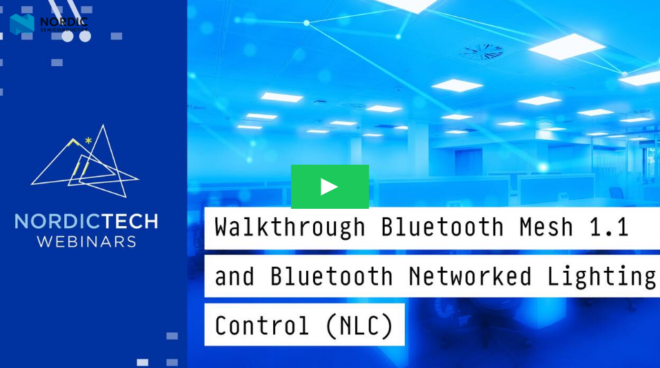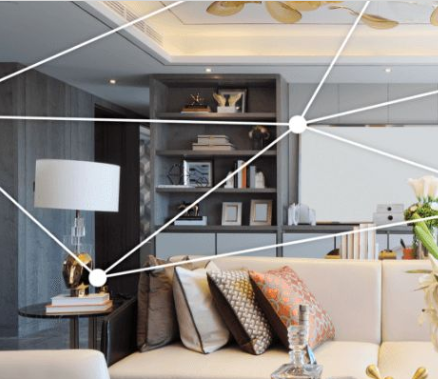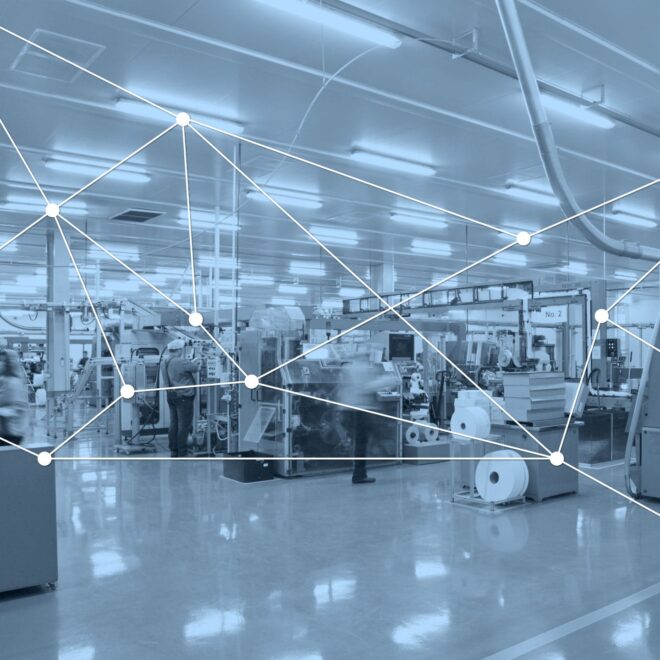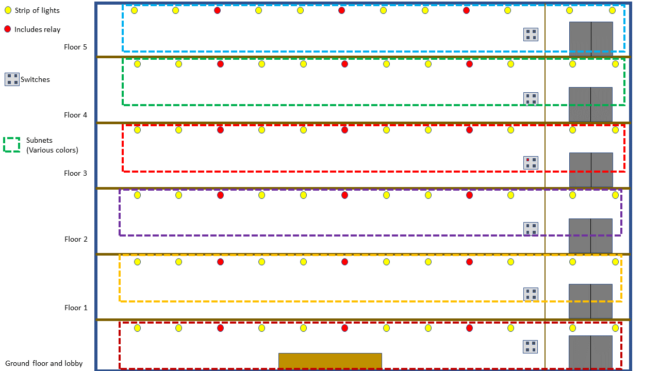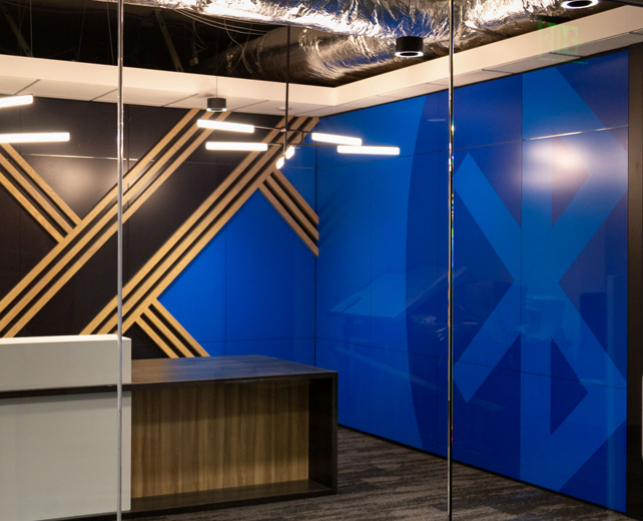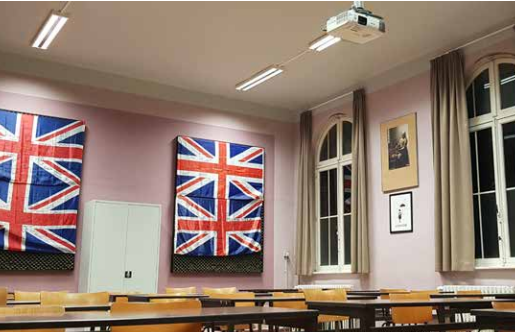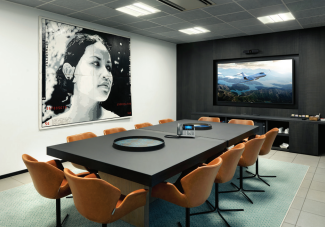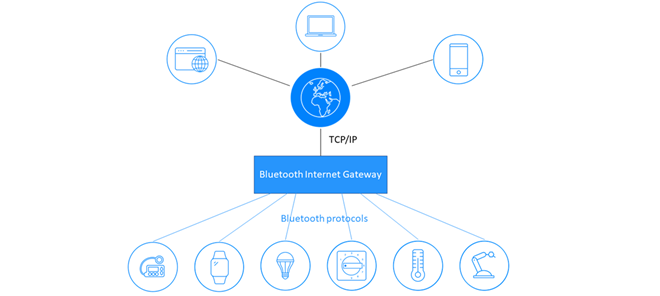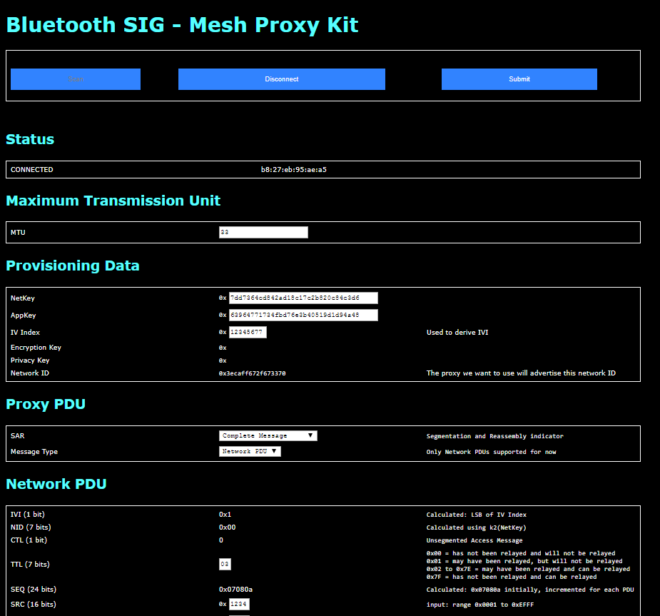Lighting the Way
Bluetooth® Networked Lighting Control (NLC) is the only full-stack standard for wireless lighting control. Bluetooth NLC offers standardization from the radio through the device layer, enabling true multi-vendor interoperability and mass adoption of wireless lighting control.
What is Networked Lighting Control?
Networked lighting control systems feature an intelligent network of individually addressable and sensor-rich luminaires and control devices that allows each component of the system to send and receive data. Three key benefits are driving the demand for advanced networked lighting controls.
Significant Energy Savings

In addition to providing more refined scheduling and demand response, networked lighting controls feature intelligent sensors to monitor occupancy and daylight levels and adjust light usage in real-time, allowing for more efficient energy consumption.
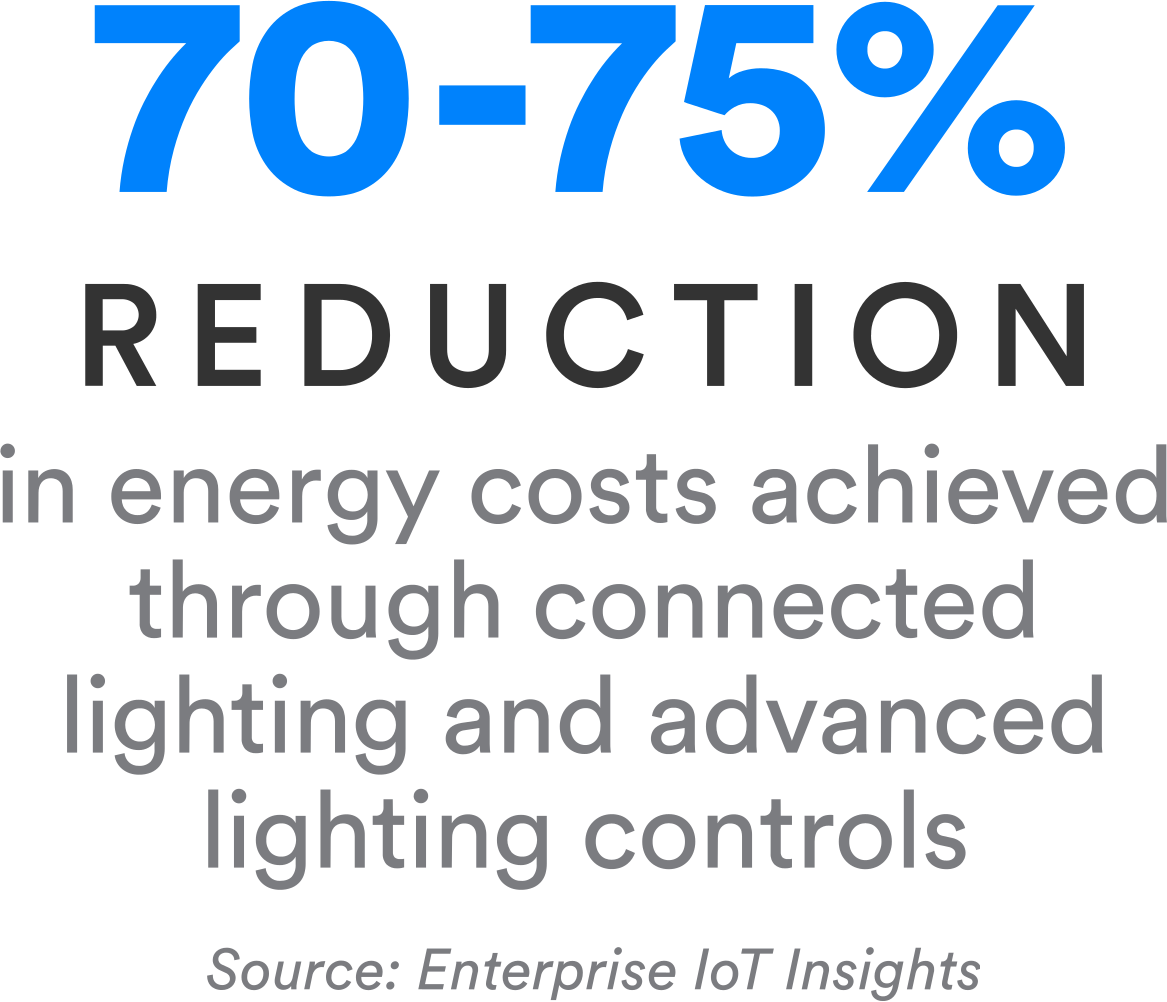
Better Occupant Experience

Quality of light is essential to occupant well-being and productivity. Traditionally, lighting systems have fallen short in achieving energy efficiency without compromising a building’s occupant experience. Networked lighting controls enable task tuning and personal control for light-level management, striking the ideal balance between energy savings and occupant comfort.
Improved Building Operations

Luminaires are now capable of providing performance data that can help better tune the system as well as critical health data that enables predictive maintenance. Occupancy, temperature, humidity, and air-quality sensors integrated into the networked lighting control system are also helping enable more efficient operation of other building systems, including HVAC and security.
The Benefits of Bluetooth® NLC
Specifically designed to meet the scale, reliability, and security demands required in commercial settings, Bluetooth® NLC is the only full-stack standard for wireless lighting control. By offering standardization from the radio through the device layer, Bluetooth® NLC enables true multi-vendor interoperability and mass adoption of wireless lighting control.
There are a few key reasons Bluetooth® NLC is the technology of choice for lighting suppliers and buyers.
Suppliers
Lower Cost & Faster Innovation

With more than five billion Bluetooth® enabled devices forecasted to ship in 2023 alone, Bluetooth® NLC developers will benefit from the economies of scale that Bluetooth technology affords, and increased supplier diversity will lead to more attractive component pricing, driving down overall product costs. In addition, by adopting a standardized approach for wireless communications in lighting control systems, the need to develop and maintain proprietary technologies is eliminated, and developers can reallocate their engineering efforts to focus on more value-added, differentiating features and capabilities.
Increased Market Opportunity
The establishment of a true, global standard is necessary to enable any market to achieve its full promise. Wireless lighting control is no different. Bluetooth® NLC expands the supplier opportunity by instilling buyer confidence and peace of mind and increasing the likelihood of adoption, expanding the overall breadth of the market, and unleashing its total potential.
Additional Revenue Models
The same Bluetooth® radio embedded in lighting control devices can also be used to implement advanced building services, such as indoor navigation, space utilization, and asset tracking. With this shift from a single-function solution to a platform for data-driven smart building services, manufacturers can add recurring revenue streams while also leveraging additional benefits beyond illumination to differentiate with prospective customers.
Buyers
True, Multi-vendor Interoperability
Bluetooth® NLC is the only full stack wireless lighting control solution that defines operations at all three layers — the radio, communication, and device layers. Bluetooth® NLC establishes a true, global wireless standard that frees buyers and installers from vendor lock-in and gives them confidence that lighting components from different vendors will work seamlessly with each other.
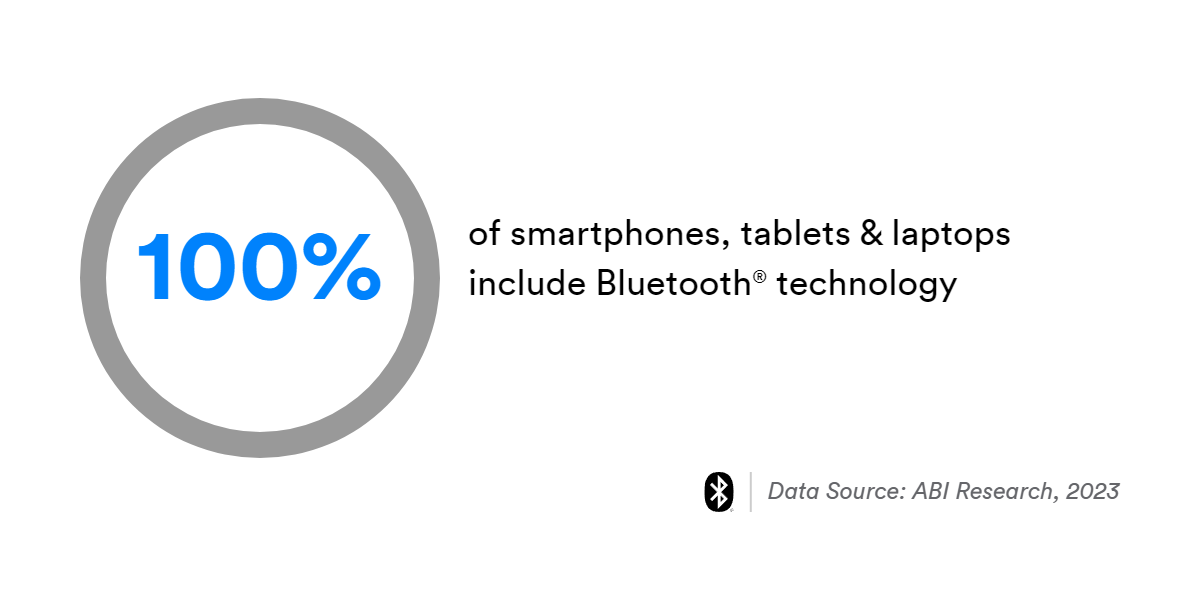
Ease of Deployment
With Bluetooth® technology native in 100 percent of smartphones and tablets, installers can use simple, user-friendly commissioning apps that communicate directly with nodes on the network, eliminating the need for specialized engineering expertise or internet and cloud platforms to support installation and operation of the system. In addition, a remote provisioning feature makes adding new devices or maintaining or changing existing devices even easier.
Greater Scalability
The ideal lighting control system is often one that can start small and then scale, in both functionality and size, as spaces and layouts inevitably change and evolve. Bluetooth® NLC features a decentralized architecture that distributes control to all end devices, removing the need for centralized controllers and allowing Bluetooth NLC lighting systems to be more easily reconfigurable and far more extensible than other wireless lighting control options. This decentralized control architecture enables systems to easily expand or contract to meet changing business needs and occupant requirements.
![]()


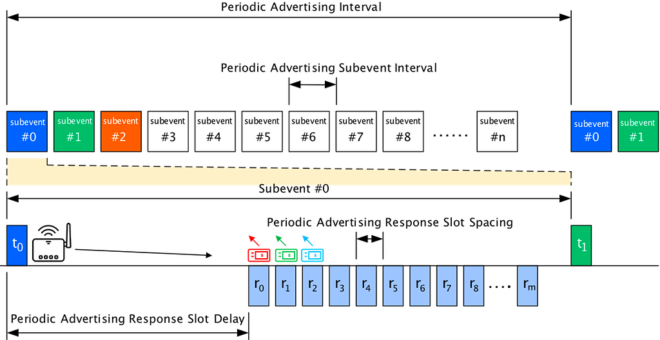


![shutterstock 1653733096[1]](https://www.bluetooth.com/wp-content/uploads/2024/03/shutterstock_16537330961-660x372.jpg)
![Periodic Advertising with Responses[1]](https://www.bluetooth.com/wp-content/uploads/2024/02/Periodic-Advertising-with-Responses1-660x345.png)



